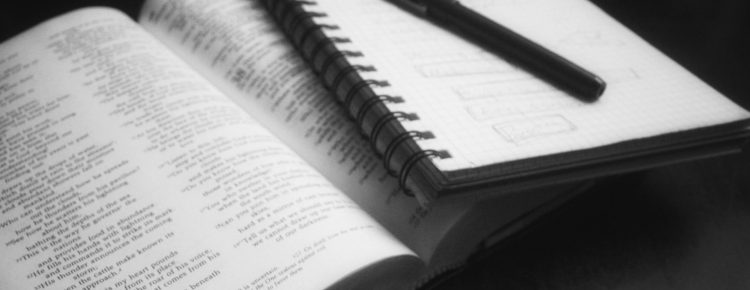This fourth Sunday after Easter has become known as Good Shepherd Sunday as the readings are always about shepherds and sheep. At Christmas, we often hear of the Shepherds as being rather smelly and uncouth: a contrast to the Magi who were wealthy, sophisticated and probably delicately perfumed – rosewater maybe. By Good Shepherd Sunday the image of the shepherd has been transformed in our minds to one that is a slightly out of focus Victorian picture of Jesus in impeccable robes looking very gentle and kindly.
We can be certain that, when Jesus called himself the Good Shepherd, he wasn’t aligning himself with respectable, well-healed people. Once more we find Jesus aligning himself with marginal people – those on the edge of society and religion.
Also, we need to remember that this phrase ‘I am the Good Shepherd’ is one of seven sayings beginning with I Am:
I am the bread of life
I am the light of the world
I am the door,
I am the resurrection and the life,
I am the way, the truth, and the life.
All images by which we are enabled to understand Jesus more fully, and to follow him more faithfully.
So, the Good Shepherd. Think of those Christmas shepherds: they were out on the hills, out of the everyday life of most ordinary people, wholly committed to the care of their sheep. Sheep were their livelihood. On the well-being of the sheep, depended the survival of the shepherds and their families. It would have been a poor life – hand to mouth. So, in a completely unsentimental way, a shepherd would take great care of his sheep – each one was a precious asset.
As well as this, in traditional shepherding today – such as the shepherds of the hill sheep in the Lake District – a good shepherd knows all the sheep as individual animals. Ask him or her about a sheep and they will know its age, its parentage and grand-parentage, and its personality – this being one of the ways a shepherd will recognise a particular sheep. When the sheep are brought down from the hills for shearing or lambing, they are counted and a great deal of work goes into rounding up the stragglers – shepherds from several local farms will work together to round sheep up from the vast landscape of the fells. And, of course, the sheep are all marked with different coloured stripes, making it easy for them to be identified and separated into the flocks of each shepherd.
For good shepherds, sheep are a way of life and a passion, and I think this is what Jesus was saying when he described himself as the Good Shepherd. Jesus knows not only his entire flock, but the individuals within it – that’s us! He knows our personalities. He will seek out the stragglers among us, and brave foul weather and vast distances for us – so to speak – to bring us home. We are precious assets to our Shepherd. And of course, he did lay down his life for us – showing us that love is stronger than both death and hatred.
Like the sheep of the fells, marked as belonging to a particular shepherd, we too are marked: we were marked at our baptism, with the sign of the cross – we are members of Jesus’ flock.
But Jesus also talks of ‘other sheep not of this fold’ that he will also gather in. This is thought to be a reference to the gentiles, or non-Jewish people, who would also come to be followers of Jesus. That’s us! We are ‘the other sheep, not of this fold’! But we must extend this metaphor to acknowledge that yet others will be gathered in. We do not know who they are – who Jesus counts as his flock. People are excluded from, or made unwelcome by, both local churches and denominations. Churches may count people out, but Jesus tells us that there will be others counted in – we simply don’t know who they are. This is a very good reason not to judge!
Today, as we hear of our Good Shepherd, may we follow faithfully and with trust in our journey of life until we are gathered in and we come home.
Amen
Rev’d Dr Anne Morris
Vicar of St. Oswald’s Church, Knuzden

